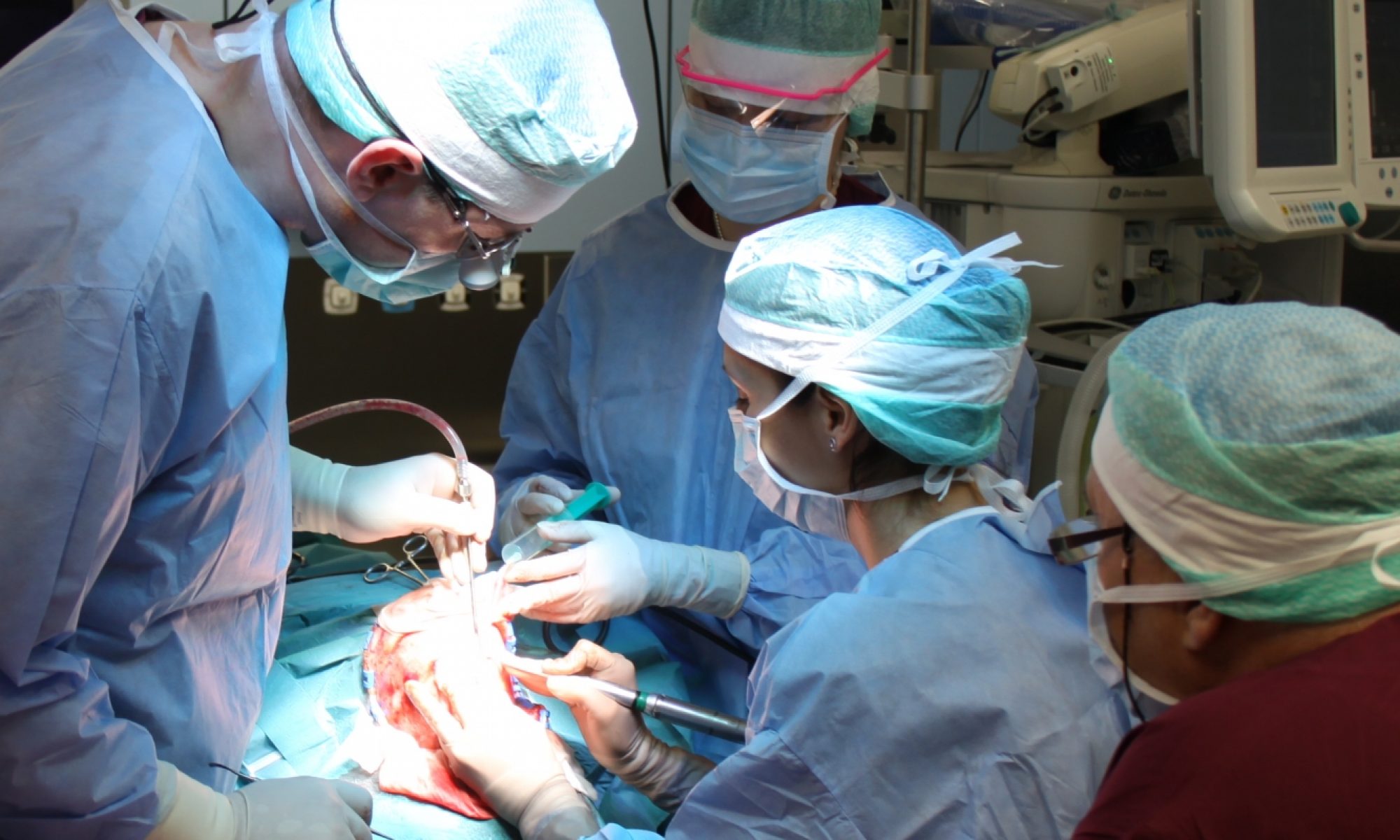Facial aging results from a combination of changes that involve the skin (eg, wrinkling, changes in the skin color, and blood vessels) and underlying tissues. A progressive loss of soft tissue volume and displacement of underlying fat, as well as the reduction of facial bone thickness, contributes significantly to facial aging. Hyaluronic acid fillers are slowly degraded in tissue, offering the advantage of reversibility in the case of undesirable placement, but require multiple subsequent treatments to maintain the desired effect.
Soft tissue fillers can be used to restore a semblance of youth through the replacement of lost tissue volume and the filling and effacement of coarse wrinkles. Here bellow there is an illustration of the of age-related features that may be treated with soft tissue fillers:

Soft tissue fillers are also indicated for treatment of facial scars and asymmetries.
Scarring — Facial scars, particularly the pitted atrophic scars that often result from acne vulgaris, can be difficult to treat. Soft tissue fillers can improve the appearance of individual scars and overall skin texture. Injectable fillers have also been used to improve depressed scars that result from the treatment of skin cancer, trauma, or other causes.
Facial asymmetry and soft tissue defects — Facial asymmetry may be congenital or acquired (surgical or traumatic), and can result from bony or soft tissue abnormalities. Soft tissue fillers can be used to restore volume to underlying tissues in a manner that restores symmetry. Patients with trauma-induced fat tissue atrophy, hemifacial atrophy (Parry-Romberg syndrome), and linear scleroderma (linear morphea) have also benefited from treatment with these agents.
General contraindications to treatment with soft tissue fillers include:
Infection at or near the site of injection;
Allergy to product components;
Pregnancy and lactation, as the safety of these agents during those conditions has not been established.
Before treatment — To reduce the incidence and severity of bleeding and bruising, we instruct patients to avoid substances that impair blood coagulation (aspirin, antiinflammatory agents, excessive alcohol, vitamin E supplementation, and other dietary supplements that may have similar effect) for one week prior to treatment, provided these agents can be discontinued safely.
Post-procedural care — In an attempt to reduce the risk for unintended migration of the filler after injection, we typically advise patients to avoid massaging injected areas, to refrain from strenuous cardiovascular or other highly physical activity for at least six hours after treatment, and to sleep with the head elevated for one night. Short-term minimization of exaggerated and repetitive facial movements may also decrease the risk of implant migration or displacement. Normal skin care regimens (including makeup) can be resumed after 24 hours. The patient should also avoid excessive sun exposure during 2 weeks.
